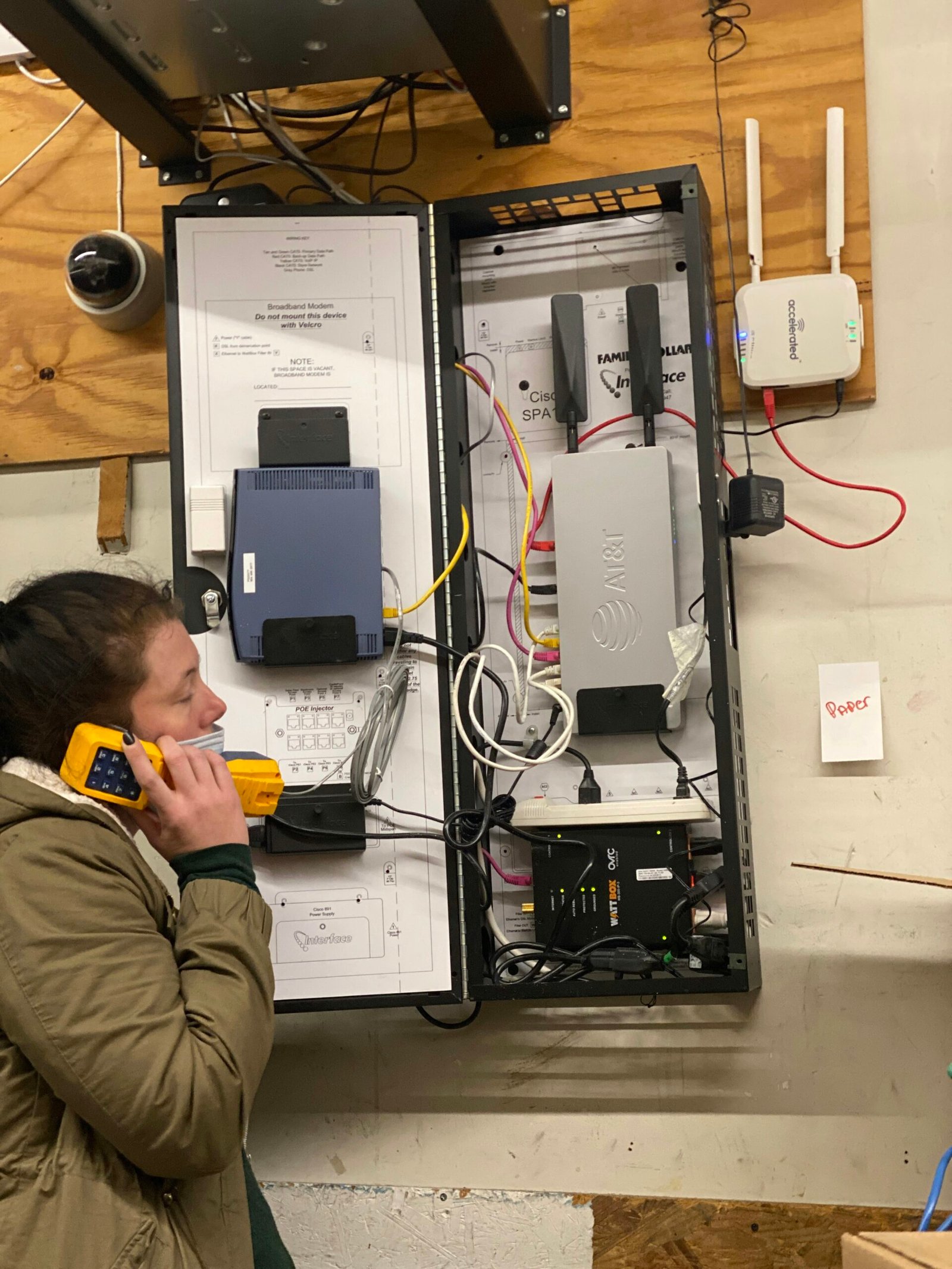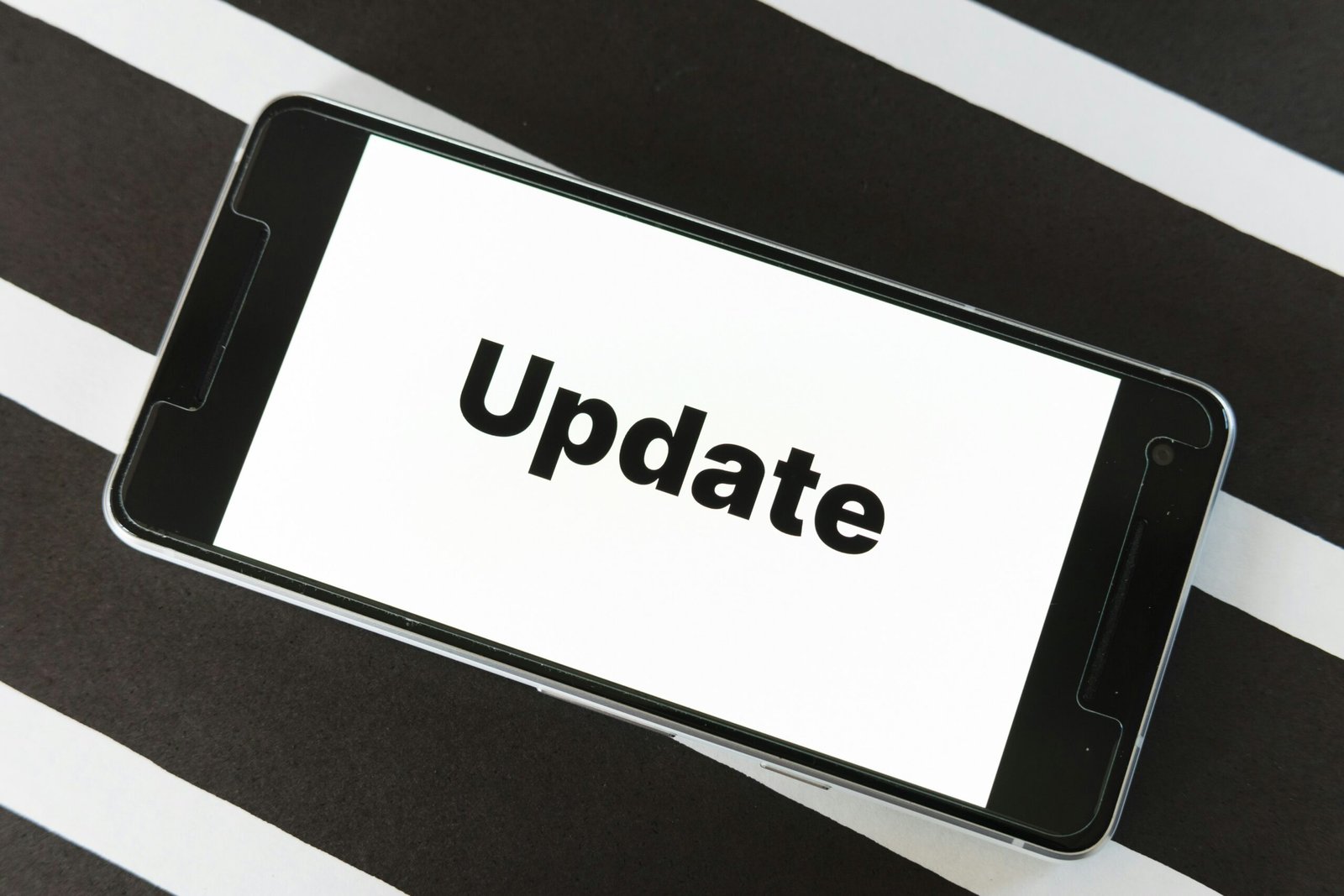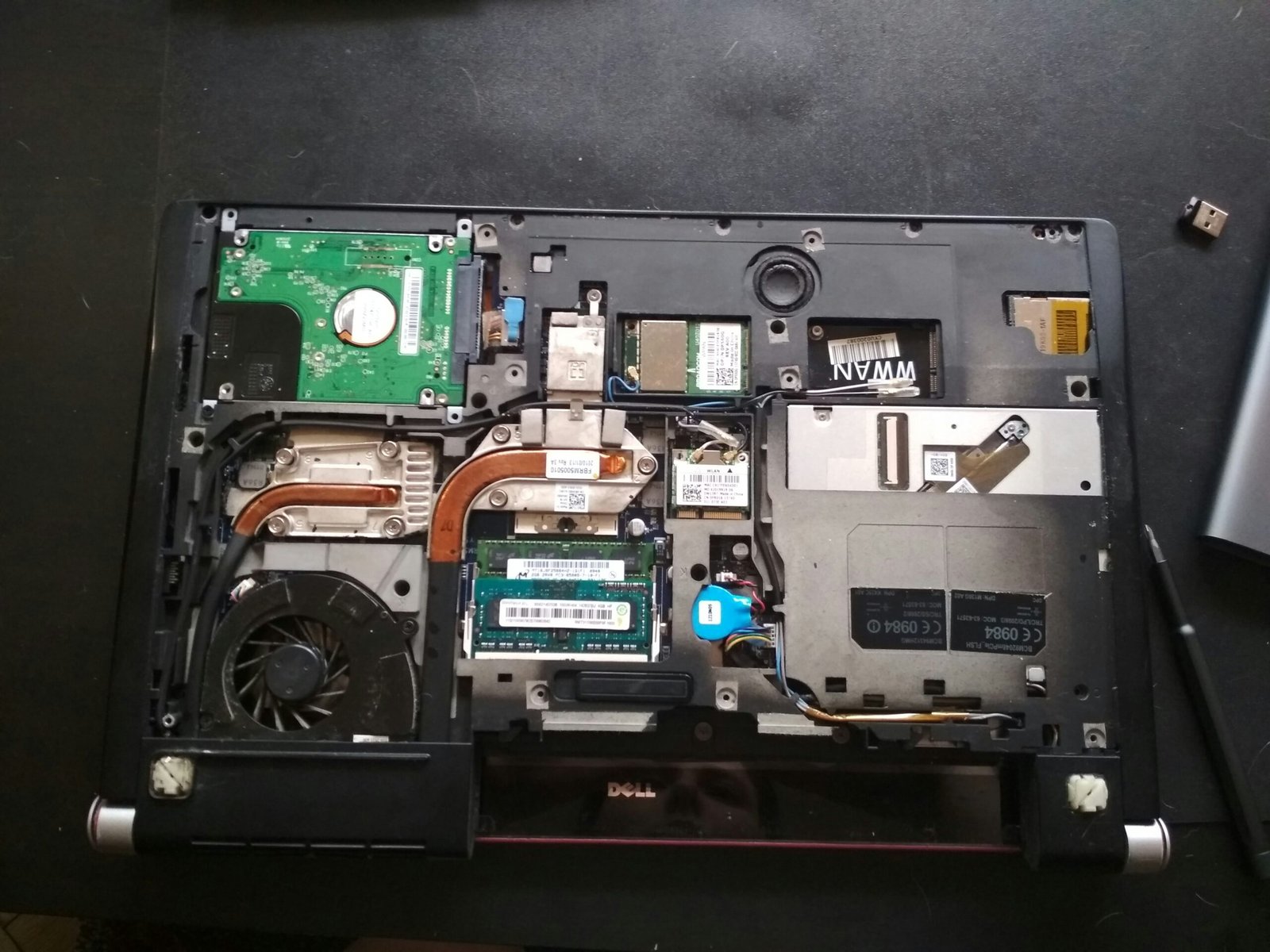
Introduction to Common WiFi Issues
In today’s digital age, a stable WiFi connection is essential for both personal and professional activities. However, users often encounter various issues that can disrupt their online experience. Understanding common WiFi problems is the first step towards addressing them without resorting to a technician’s assistance. Some symptoms commonly associated with WiFi issues include slow internet speeds, intermittent disconnections, and complete inability to connect to the network.
Slow speeds may stem from several factors, including network congestion, outdated hardware, or interference from other electronic devices. Users may notice buffering during video streaming, delays while loading websites, or lag in online gaming—these circumstances can significantly hinder productivity and enjoyment. Identifying the source of slow speeds can often involve simple troubleshooting techniques, such as repositioning the router, reducing the number of connected devices, or even upgrading firmware to optimize performance.
Another prevalent issue is disconnections from the WiFi network. This could manifest as frequent drops during internet usage or failure to reconnect after moving out of range. Such disconnections can be frustrating, especially when streaming content or participating in video calls. They are sometimes caused by weak signals, physical obstructions, or outdated router settings. Checking signal strength, eliminating barriers between the device and router, and ensuring that the device is compatible with the network can prove beneficial in resolving these challenges.
Lastly, being unable to connect to the WiFi network is an equally common problem that many face. This can happen for various reasons, including incorrect passwords, network settings, or even issues with the router itself. By systematically addressing these potential issues and employing effective methods such as resetting network settings, restarting the router, and ensuring all connection details are correct, many users can resolve their WiFi problems independently.
Checking Your Devices
When faced with the issue of WiFi not working, the first step in troubleshooting should involve checking your devices. It’s vital to methodically assess each device that is attempting to connect to the network, as the problem may not stem from the WiFi itself but rather from a specific device.
Start by restarting the device. A simple reboot can often resolve minor connectivity issues, as it resets network settings and clears any temporary glitches. When the device powers back on, attempt to reconnect to the WiFi network. If the issue persists, check to ensure that WiFi is enabled on the device. On most devices, this can be confirmed by navigating to the settings menu and looking for the WiFi option. Ensure that the feature is turned on.
Next, look for any available software updates. Keeping your device’s operating system and applications up to date is essential for optimal performance and compatibility with your WiFi network. Check for updates by navigating to the settings and selecting the relevant menu item—this is particularly crucial for devices like smartphones, tablets, and laptops. After completing any necessary updates, restart the device again before testing the connection.
It is also wise to check multiple devices. If your smartphone connects to the WiFi but your laptop does not, the issue may be localized to just one device rather than your entire network. This isolation allows you to conduct focused troubleshooting. If only one device is experiencing issues, consider factory resetting it or consulting the manufacturer’s support resources.
Investigating your devices thoroughly before reaching out to a technician can save time and resources. By undertaking these initial troubleshooting steps, you may pinpoint the problem quickly and efficiently.
Inspecting Your WiFi Router
When experiencing WiFi connectivity issues, the first step is to carefully inspect your WiFi router, as it plays a fundamental role in your internet experience. Begin by checking for any physical damage to the router, including cracks, exposed wires, or burned areas which may affect performance. Such damage can compromise the internal components, leading to connectivity problems.
Next, ensure that the router is plugged in correctly. Sometimes, it may seem obvious, but unplugging and re-plugging can resolve minor connectivity glitches. Make sure that the power source is functioning and that cables are securely connected. Additionally, verify that the Ethernet cable connecting your router to the modem, if applicable, is not damaged and is firmly attached at both ends. This simple inspection can often lead to a quick solution.
Indicator lights on the router provide essential information regarding its status. Check the lights to see if they indicate a normal operating condition, which usually includes a stable power light and appropriate internet connectivity lights. If the lights appear abnormal, refer to the router’s manual for guidance on what each light signifies; this can point you toward a possible issue that may require further troubleshooting.
Moreover, the placement of your router can significantly affect the quality and reach of your WiFi signal. For optimal performance, position your router in a central location in your home, away from walls or obstacles that may hinder the signal. Avoid placing it near other electronic devices that may cause interference, such as microwaves or cordless phones. Enhancing the router’s visibility can promote more reliable connectivity throughout your space.
Rebooting Your Router
When experiencing WiFi connectivity issues, a common and effective first step is rebooting your router. This foundational troubleshooting method can resolve various problems, such as reduced Internet speeds, intermittent connections, and device communication errors. A router operates with numerous setting adjustments and updates, and a simple reboot can refresh its systems, allowing them to function more optimally.
The process of rebooting a WiFi router is straightforward. First, locate the power source for your router. This can usually be found at the back of the device where the power cord is connected. Once identified, unplug the power cord from the socket or directly from the router. It is essential to ensure that the device completely powers down, which typically takes about 10 seconds. This interval allows any residual power to dissipate and clears the router’s memory, eliminating temporary glitches that may have occurred during operation.
After waiting for approximately 30 seconds, plug the power cord back into the router. It is vital to allow the router to reboot fully before attempting to reconnect to the Internet. This process usually takes a few minutes as the router goes through its initialization sequence, during which it resets its configurations and re-establishes connections with your Internet Service Provider (ISP).
Once the lights on the router indicate a stable connection, typically represented by solid green LEDs, you can attempt to reconnect your devices to the network. Often, rebooting the router will restore the WiFi connection effectively and prompt better performance overall. If the issue persists, further troubleshooting steps may be necessary before considering professional assistance from a technician.
Checking Network Configuration Settings
When encountering issues with WiFi connectivity, one of the initial steps to consider is the examination of network configuration settings. These settings can often hold the key to resolving connectivity challenges without the need for professional intervention. The process of accessing and verifying these settings varies depending on the device being used, but generally follows a similar pattern.
For most Windows computers, one can begin by selecting the WiFi icon in the taskbar, which will display available networks. Clicking on “Network & Internet settings” allows for further navigation to “Status,” where you can find “Network troubleshooter.” This tool can assist in diagnosing connectivity issues. On the other hand, for Mac users, network settings can be accessed via “System Preferences,” followed by selecting “Network” to see the available connections.
Mobile devices, such as smartphones and tablets, offer similar access points for network settings. On iOS devices, for example, one would go to “Settings,” select “WiFi,” and tap the information icon next to the connected network to confirm details like the WiFi password and IP address configuration. Android devices also provide options under “Settings” followed by “Network & Internet,” ensuring the same verification process is available.
Furthermore, it is crucial to confirm that the correct WiFi password has been entered. If a password mismatch occurs, the device will fail to connect. Additionally, checking IP address configurations is essential, as incorrect settings can hinder network access. Should issues persist, users may benefit from forgetting the WiFi network first and then attempting to reconnect. This process refreshes the device’s connection and helps re-establish communication with the router. By methodically checking these network configuration settings, users can often troubleshoot and resolve connectivity problems without seeking out a technician’s assistance.
Interference and Signal Strength Review
When experiencing issues with WiFi connectivity, one of the primary factors to consider is the interference from various sources. Several common household items, such as walls, microwaves, and other electronic devices, can obstruct and diminish WiFi signals. The radio waves transmitted by a WiFi router may struggle to penetrate solid walls, particularly those constructed from materials like brick or concrete. Additionally, microwaves operate on a frequency that can interfere with the 2.4 GHz band commonly used for WiFi, leading to interrupted connections during microwave usage.
To assess the strength of your WiFi signal, begin by moving closer to your router and observe if the connection improves. Use your device’s WiFi signal diagnostic tools or third-party applications to measure strength and identify potential dead zones within your home. Dead zones are areas where the signal is weak or nonexistent, often caused by physical obstructions or devices causing electromagnetic interference. By identifying these zones, you can make informed decisions about repositioning your router or adding range extenders to improve coverage.
Adjusting your router settings can significantly enhance WiFi performance. Experimenting with the placement of the router can lead to noticeable improvements; ideally, you should place it in a central location, away from thick walls and interference sources. If limitations persist, consider upgrading to a dual-band router, which operates on both the 2.4 GHz and 5 GHz frequencies. The dual-band configuration allows for better management of devices and can help alleviate congestion caused by multiple users connecting to the same frequency. Ultimately, examining and optimizing both interference sources and signal strength is crucial to achieving a stable WiFi connection.
Using Diagnostic Tools
When faced with WiFi connectivity issues, utilizing diagnostic tools can be a practical first step before seeking professional assistance. Almost all operating systems offer built-in tools designed to assess network performance. For instance, Windows users can leverage the “Network Troubleshooter,” which helps identify problems with wireless connections and suggests potential fixes. By navigating to the “Settings” app, users can access this feature, which conducts a systematic assessment of WiFi configurations, aiding in pinpointing issues such as limited connectivity or misconfigured settings.
Similarly, macOS users can tap into the “Wireless Diagnostics” tool. This application can be launched by holding down the Option key while clicking on the WiFi icon in the menu bar. Once activated, it can conduct scans to gather various details about the network, including signal strength, noise levels, and connected devices. Understanding these metrics can significantly enhance the troubleshooting process, enabling users to determine if the issues stem from their network environment or external interference.
In addition to operating system tools, several third-party applications can also prove invaluable for diagnosing WiFi problems. Applications such as NetSpot and Wireshark provide users with detailed analyses of their network conditions. NetSpot offers visual heatmaps that illustrate your WiFi signal’s coverage areas, helping identify weak spots within your environment. Wireshark, on the other hand, allows for a deeper examination by enabling users to inspect packets transmitted over the network. This level of detail can help identify unauthorized devices that may be consuming bandwidth or causing interference.
Implementing these diagnostic tools can provide users with crucial insights into their WiFi connectivity issues, streamlining the troubleshooting process and identifying specific factors affecting device performance. By utilizing these resources effectively, substantial improvements can often be achieved without the immediate need to contact a technician.
When to Consider Professional Help
While many issues related to WiFi connectivity can be resolved through basic troubleshooting techniques, there are certain scenarios in which contacting a professional technician becomes essential. Identifying these instances early can save time and potentially prevent further complications. If you find that, despite following the recommended steps for resolving common WiFi problems, such as rebooting your router or checking settings on your devices, connectivity issues persist, it may signal a more serious underlying problem that needs expert attention.
Another indication that professional help might be necessary is if there are signs of hardware damage. For instance, if your router shows unusual behavior, such as overheating, frequent disconnections, or physical damage, it is crucial to seek assistance from a qualified technician. Attempting to fix damaged equipment without the appropriate expertise can lead to further difficulties or a complete failure of your internet service.
In addition to identifying hardware issues, consider the complexity of the situation. If your network involves multiple devices, intricate configurations, or involves business-critical machinery, the potential impact of a WiFi failure can be substantial. In such cases, the potential risks associated with a DIY approach outweigh the costs of hiring a professional. Furthermore, ensuring that the technician you select is reputable is vital. Research local service providers, read customer reviews, and ask for recommendations to find a reliable expert who can effectively resolve your WiFi issues.
Overall, while tackling simple WiFi problems independently is commendable, knowing when to transition from self-diagnosis to engaging professional assistance is crucial for maintaining a stable internet connection and ensuring optimal performance of your network systems.
Conclusion and Final Tips
In conclusion, it is important to acknowledge that many WiFi issues can be addressed without the need for a technician’s intervention. We have examined a variety of common problems, including device connectivity issues, router placement, and firmware updates, all of which can significantly impact the performance of your WiFi network. By understanding these factors, users can often resolve their connectivity problems independently.
To maintain a robust and efficient WiFi connection, consider implementing the following tips. First, ensure that your router’s firmware is regularly updated. Manufacturers frequently release updates that enhance performance, improve security, and resolve previously identified issues. This simple action can extend the lifespan of your router and optimize your network.
Secondly, assess the placement of your router. Positioning it in a central location within your home minimizes dead zones and maximizes coverage. Additionally, avoid placing the router near walls or large metal objects, which can obstruct the signal. If necessary, invest in WiFi extenders or mesh networks to cover larger areas or eliminate signal issues.
Lastly, routinely check your equipment for any signs of malfunction. Periodic inspections of cables, connections, and the router itself can prevent minor issues from escalating into major ones. Keeping your devices clean and dust-free can also prolong their effectiveness. Overall, proactive maintenance, informed troubleshooting, and a few simple adjustments can significantly enhance your WiFi experience, allowing you to enjoy uninterrupted connectivity.








